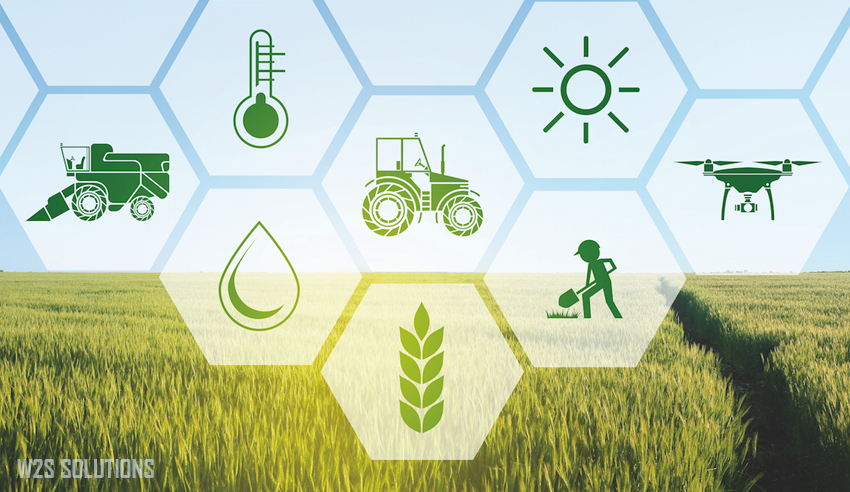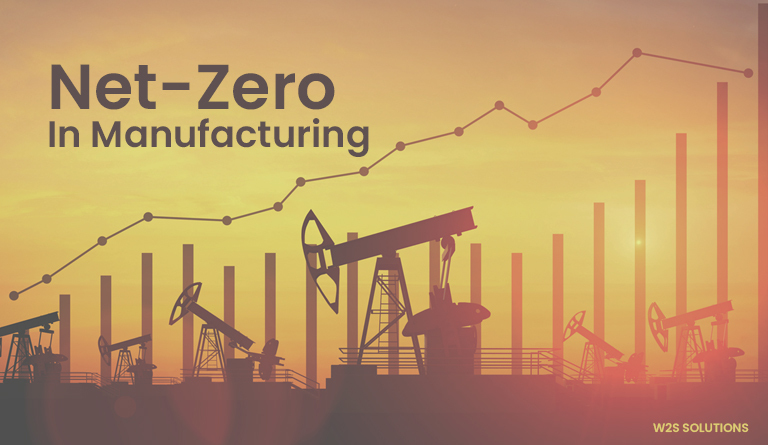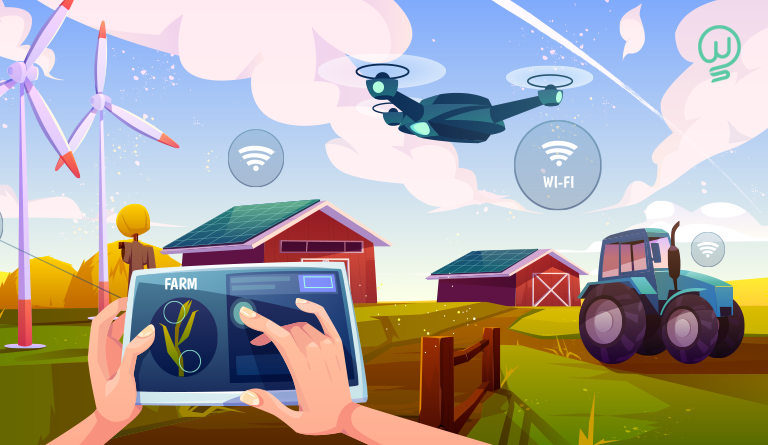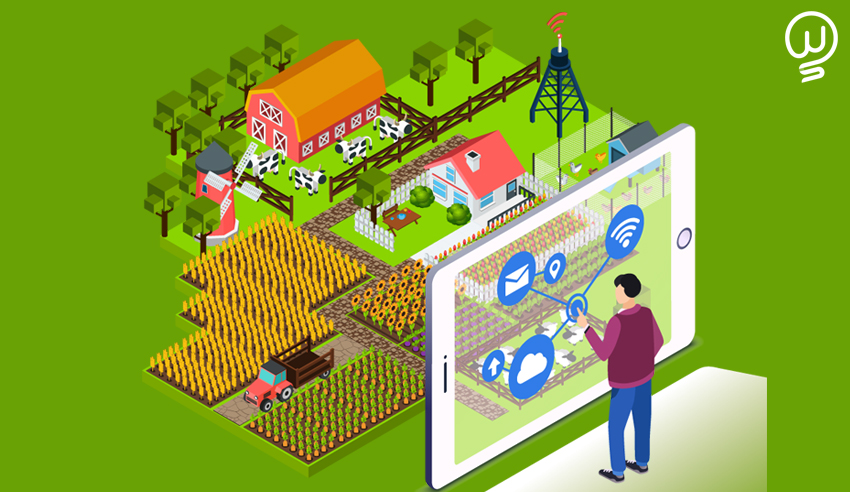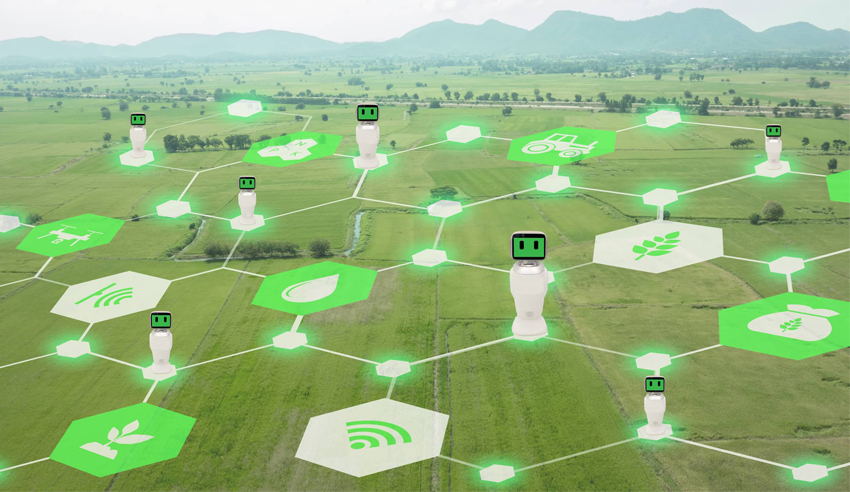Project Description
“Enabling the backbone of the world with technology” It is a known fact that agriculture is the backbone of the world. More than 60 % of the world depends on agriculture for its livelihood but 100% depends on it for food. But it must be noted that one third of the food we produce is wasted. Generally the waste occurs either during production or during supply which can be addressed only with the help of technology.
Agri Data collection Tool is the platform where tradition meets technology which is the need of the hour. Data Collection Tool brings the farmers, traders, processors, retailers and the people in a single loop. It eliminates the chances of loss for the farmers by helping them overcome the challenges in pre-harvest, post-harvest, processing, transport, retail, and consumption. The term Farmer includes any kind of person that is involved in food production. It might be Poultry, Livestock, Horticulture, Diary, Aquaculture and any other. It stresses the need for all the stake holders to act as a team to reduce the food waste at any stage. It empowers farmers by giving them data about climate changes, crop data, government policies and other agriculture related information. Educating them with different types of farming which can done on a rotational basis for different season for better yields and improving soil fertility in a traditional way.
Agri Data collection Tool enables the agricultural system to effectively respond to the climate change
Map view and Filter helps to get the data such as crop need, crop availability, crop demand and pricing based on the location of the farmer. Providing climate change data like rainfall level, drought, flood, temperature, relative humidity and atmospheric pressure will enable them plan according the situation.
The crop data can be used to identify the type of Crops, Crop Variety, Season / maturity duration in days, Harvesting date, Price of the product and Farming methods (Organic or Inorganic)
These data can be used by the government bodies while creating the crop index for the countries and formulate the import and the export strategies. Pictures of the crops/farms/products can be taken at regular intervals to keep the stakeholders updated.
Impact Description:
Enhancing food security & creating a Sustainable economy are the primary agenda of Data Collection Tool. Many developing nations depends on Agriculture for it GDP. But in the recent years climate change has created adverse effects on agriculture and food production worldwide directly impacting the economy of many developing and under developed nations. Data Collection Tool engages all the stakeholders to Improve production efficiency, productivity, and profitability. It enables them to adopt and develop new practices to withstand the climate changes and adverse conditions. The data provided can help the farmers to increase the production by a huge margin thus preventing economic meltdowns and ending hunger.
The Global Hunger Index ranked at 103rd out of 119 qualifying countries with a score of 31.1, India suffers from a serious level of hunger. Undernourishment, Child Wasting, Child Stunting and Child Mortality in increasing at an alarming rate. This is the current scenario in most of the developing and under developed countries. We must pledge our self to reduce it by making use of technology that can help us to help the people in need.

When a nation is hungry the economy cannot bloom It takes an ample effect to reverse this. Producing energy rich products and making it accessible for all must be done. We can address this with Data Collection Tool by understanding the need and act accordingly to reduce the hunger and Malnutrition ration by 50 % by 2030. It must be hard to believe but Agricultural/Food wastes contribute to climate change by emitting GHS (Green House Gas). It emits methane, a GHS that is at least 2hunger and Malnutrition ration by 50 % by 20308 times more potent than carbon dioxide. These emissions can be controlled by educating the people with effective ways to recycle, use and reduce the food wastage. Making the stakeholders communicate in a channel will assure that no food loss or food waste occurs at any point of time. The crop data can be used by the government agencies to keep the price in check so that there won’t be any plunge or sudden increase in price of the products making it inaccessible the people in need.
Read Also – The Reality of Modern Farming Will Surprise You
Educating people with differ trends and how to value-add to the products they produces and reduce loses which will help them marginalize their income. It reduces the negative impact by preventing the lower price for the product they produce. We must act fast to implement technology into the agricultural sector enabling it to withstand the hurdles it faces and making good and nutritious food accessible to the all. This enables the people involved directly or indirectly in food producing to have a stable and steady economic growth which will result in the economic development of a nation.
Sustainable Goals Addressed:
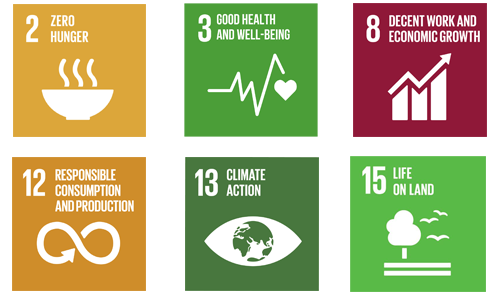
Target Countries
- African Countries
- India
- South Asian countries
- Middle East
